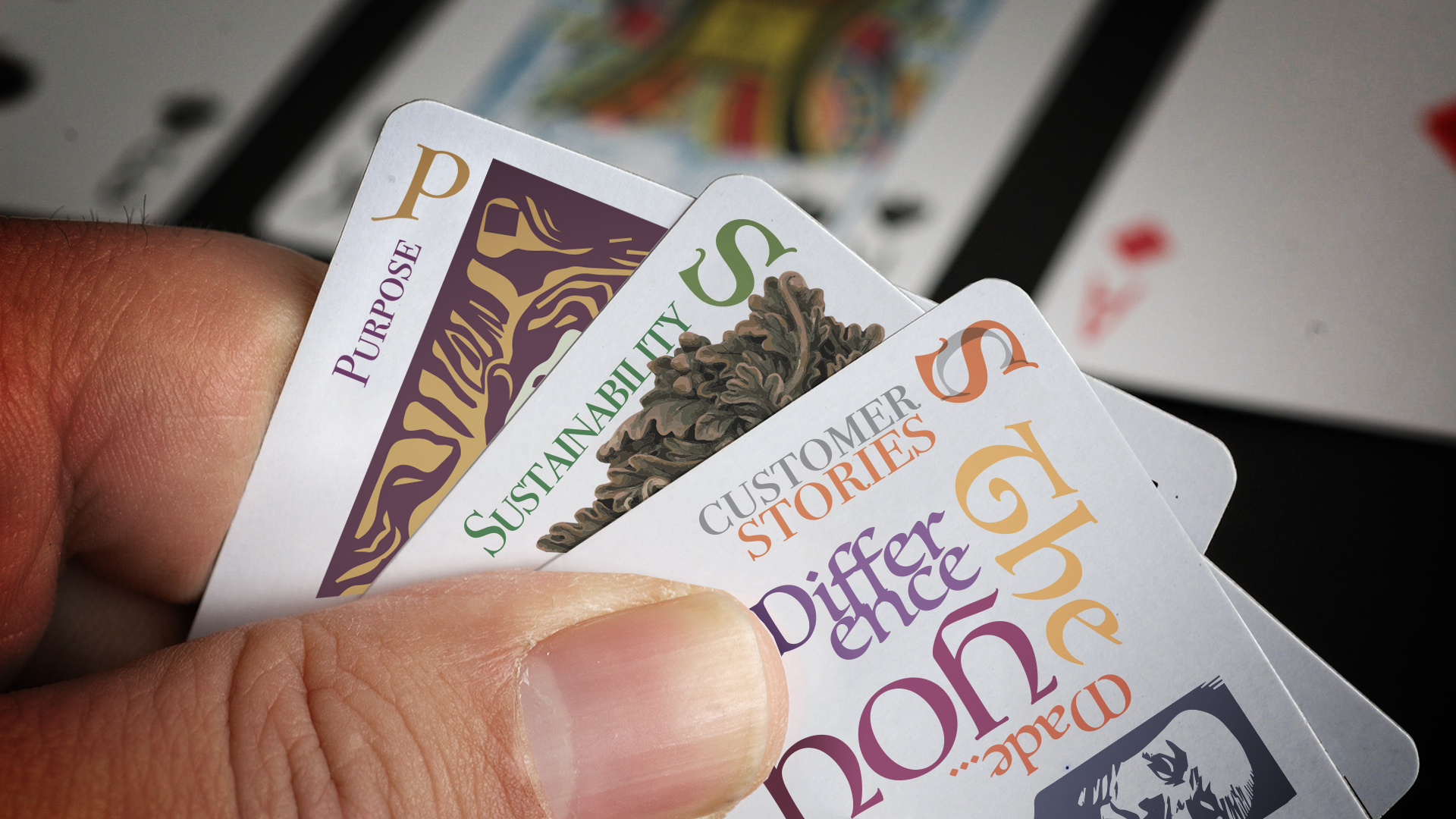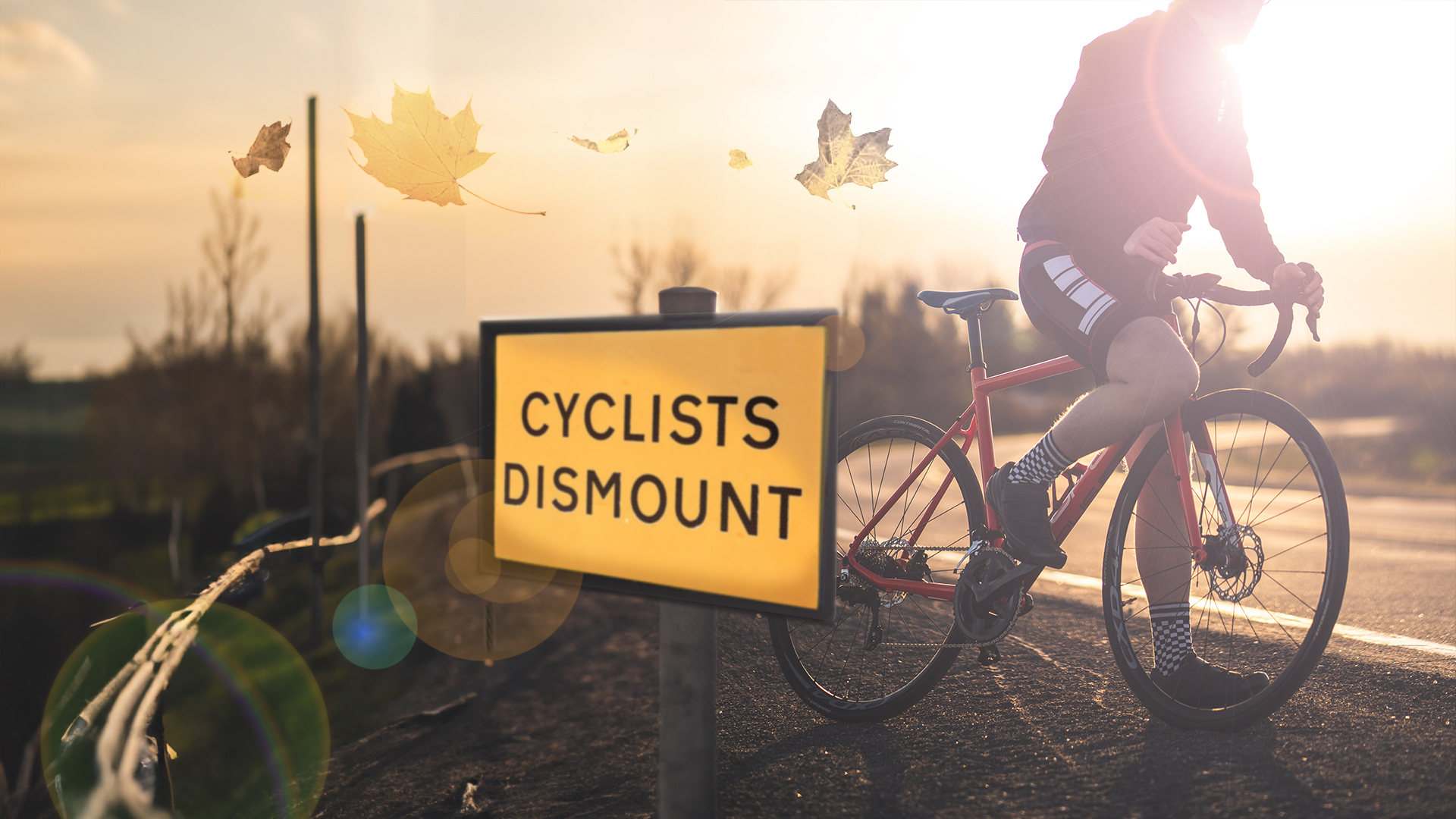The Clec is getting on – 93 editions so far – and along with a few other coincidences that got us thinking about longevity. Especially, we realised, that anything that is long lived, be that a person or an organisation, has a lot of stories to tell. They are ‘storied’.
For instance, there is the Crane Corporation (see The Clec Issue 93). At 167 years old the business now tells stories of continued success, and solving gnarly challenges in harsh environments, and making a positive impact through sustainability, philanthropy and equality. Those last three aren’t the outcome of a 21st Century ESG effort ( though it would be no bad thing if they were ) but a system of values and practices established by R T Crane at the company’s founding. Nearly a century ago, Fortune magazine wrote:
You can’t run a railroad or build a dam, operate a paper mill or lay a sewer, dig an oil well or heat a hospital, or launch a battleship or even take a shower without using one of the more than 40,000-odd products that are made by Crane Company.
And they’re still at it. Clearly stories and success move arm in arm.
No matter what promises a marketing agency may make you, the obvious truth is that your story is your brand – authenticated, shared and elaborated on by your customers and clients. Everything else – everything – is a support act. So it makes sense to put some effort into getting your story straight.
Making your start
You might be a new startup, a scaleup, or on that frustrating rollercoaster someplace in between ( way more common in the wild than the unicorns we’re told we should all now believe in). Whatever your current state, getting your story straight is an investment that always returns. But where to start?
"There’s always a large dollop of intuition and gut feel in crafting a story, but there is purpose, recipe and structure to consider too."
You already have. Every tree you shake, every pitch you make, you’re using story to gain attention, to form questions, to craft answers, to shape your difference, to build anticipation and make connections with possible partners and clients.
But are you crafting your stories effectively, efficiently and deliberately? There’s always a large dollop of intuition and gut feel in crafting a story, but there is purpose, recipe and structure to consider too. Here are three really valuable story types, some practical help to get started, and examples too.
The Founders Story
We’ve written a lot about the power of the Founder’s Story – your story. The story elements are:
- The eureka moment, when you recognised ‘that thing’ that inspired or saddened or angered or just plain tickled your fancy, was something to grab a hold of. The backstory can capture your passion, engagement, and commitment.
- The difference you’re aiming to make, told from the perspective of the beneficiary.
- Your solution to the problem – a product or service – how you do what you do, and what it is.
- The benefits of your solution. They can be emotional, not just physical or financial. For example: If you grow organic tomatoes, they will taste better and have higher nutritional value. They’ll be free of ‘forever’ chemicals, for sure. Your fields will nurture the soil and foster biodiversity. Your tomatoes – to your target consumer – will taste good, do good and feel good.
You can use the following questions to benchmark the story you currently tell against the Founder’s recipe, or start one from scratch.
- Why am I doing what I’m doing? How did I get here?
- What’s the difference I aim to make? What’s my purpose?
- What are my personal values that motivate and support me?
- Who, specifically, will benefit from my solution or service? Who are my tribes?
- How do they benefit? And how will they feel, after using my solution.
And here’s an interesting example from a small and mighty business, for inspiration. Hiut Denim tells its story.
Every line of Hiut Denim’s story is shot through with purpose. Community, people, life. The style is much emulated, but it still feels authentic because the story is so strong. It packs history, heritage, heartbreak, humanity and hope in one paragraph. Not one word is wasted.
The Customer Story
You could argue that your Customer Story is the most important story you’ll ever tell, and it’s the one that’s least under your control. Your Founders Story might sit in the spotlight for the first few years of a business, but it’s the story that customers tell each other and the world about you that has real staying power.
"You can’t control it entirely - every interaction with your brand is the opportunity for a new chapter - you can make it easier for the good stories to shine through."
Great content can help deliver great customer service. Think hard about the design of your website so that people can easily navigate through it to answer their questions and access support. Make the content helpful, relevant, timely, useful, and simple. Simple is important. When we’re stressed our ability to take in information and make decisions is lowered, so don’t bombard people with overcomplicated text.
But writing a good customer story doesn’t start in the marketing department, it starts with delivering good customer experience. There’s no way around this. The shiniest copy in the world won’t cut it if the everyday experiences of customers fall short of the promises.
And just like you would think about the reader when you’re writing – What are they struggling with? What do they want to know? How do I want them to feel?- taking an outside-in approach to designing customer journeys will help you to create an experience that keeps customers coming back. Longevity lives in loyal customers.
Here’s an example of how to weave customer stories into your narrative. Accounting software business Xero uses customer testimonials to strengthen their service pages. They have a wide range of clients, so they’ve separated all the reviews and testimonials by industry to make them easy to navigate. It means that the customer stories feel relevant and super specific, and potential clients will quickly find some positive words written by someone they can recognise and relate to.
The Sustainability Story
It could be that your founding story captures all you need to say about what you aim to give back to the planet. You’re somewhere in the renewables space, or EV charging, or home heating controls, or regenerative agriculture, say. It’s still worth checking the recipe and questions below though, to make sure you’re not missing out any important elements. But maybe yours is an IT service, or a new cyber security solution. You’re helping hybrid workers be more productive and creative, say, or safer online. What’s your sustainability story now?
You’re hopefully motivated- as a conscientious citizen with a ton of personal agency – to hand the next generations the chance of their best possible future on this planet. And from an outside-in perspective, the people you want to engage with are increasingly likely to want to see that commitment from you.
"You are aiming to give people a clear and positive choice between the status quo and ‘better’. Do not let perfection be the enemy of progress."
We’re all human, inhabiting a world in transition. Start just where you are. Whether you’re at the Greta Thunberg end of the scale, or closer to an Elon Musk, the elements of your sustainability story are mostly the same:
- Own your own impact. Measurement is better than judgement. Put a line in the sand and don’t be tempted to blur it. Don’t exaggerate the upside to your organic tomato farm or downplay the downside of your airline.
- Share what you’re doing to do better – in your own footprint, and in the ‘handprint’ you leave on consumers or downstream partners. Align yourself with recognised audit processes and standards where you can, and demonstrate your ingenuity always.
- You are aiming to give people a clear and positive choice between the status quo and ‘better’. Do not let perfection be the enemy of progress.
- Keep your story up to date. This is one that will grow with the telling.
The questions to ask yourself are very similar to those for the Founder’s Story, with an a small mindset shift that should feel like ‘sustainability is the product’:
- Why am I doing what I’m doing? How did I get here?
- What difference do I want to make for people and the planet
- What are my personal values that motivate and support me?
- Who will benefit from a reduction in my footprint (Scope 1 and 2 emissions, fyi) and who from my handprint (Scope 3)
- How do they benefit? And how will they feel, after choosing me as a supplier of partner?.
Like the customer story, your sustainability story leans heavily into ‘show don’t tell’. No business is an island, and who you connect with really matters. Support businesses with environmental integrity. Make their stories part of yours. We’re all in this together. We’ve expanded on this in How to tell your ESG story, so take a read of that too.
For a masterclass in how to tell your sustainability story, check out Patagonia’s Dear Earth letter. And even if you haven’t taken the step of making the Earth your only shareholder, there are lots of other positives that you can emulate. There’s the beautiful scene setting, the context, the big ambition and the power of small actions needed to realise it. We love the phrase ‘big little wins’ which are so important to document as part of a sustainability narrative.
Give all of the stories a go. Start with the questions, then just put words on paper that loosely conform to the recipe – where we’ve provided on. Don’t worry about finely wordsmithing anything, until you got something down that resonates viscerally Then – only then – you can have a go at turning it into web copy, or a manifesto, or blogs, or presentations or… whatever.
If you get stuck, help is at hand. Sign up to The Clec, and more inspiration will come your way. And more than that, a chance to join a band of business storytellers focused on growing, the right way. The bargain is, you give us your email, and we give you insight, help and community. If you’ve managed to get this far and ignore the pop up, there’s a ‘join’ link at the bottom of this page.





What do you think?